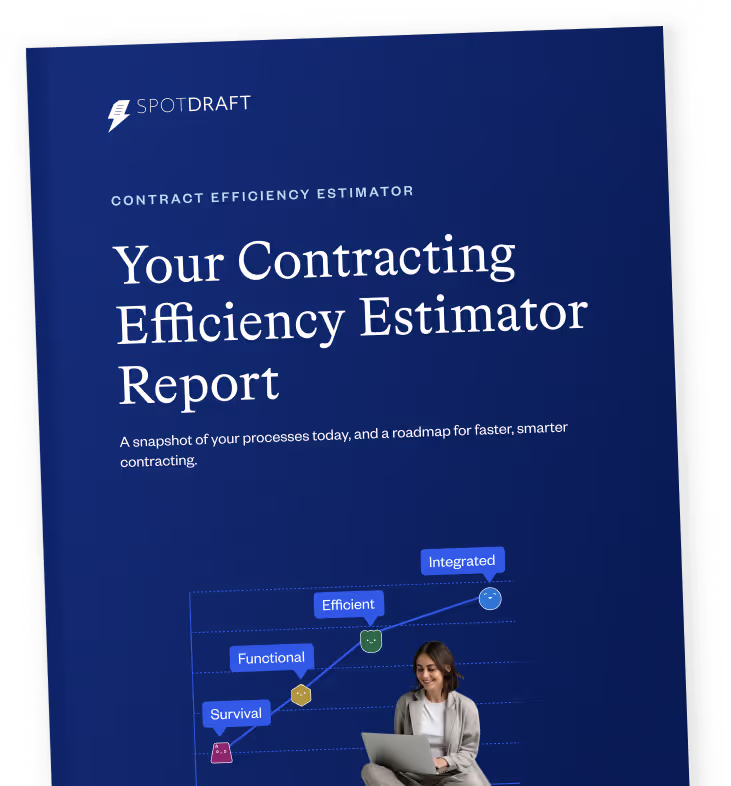AI in legal is rapidly becoming essential to how modern legal teams protect the business, accelerate work, and stay aligned with corporate strategy. Yet, even as enthusiasm grows, legal operations leaders still face the same challenge: competing priorities and limited budgets.
At Beacon Live, New York, grey skies and incessant rains did not dampen the enthusiasm of a group of leaders who came together to catch-up, brainstorm, and network. The roundtable added a bright spot with legal and technology leaders discussing AI budgets for Legal teams. Kevin Cohn, Chief Customer Officer, Brightflag, Tommie Tavares Ferreira, Chief Strategy Officer, LawTrades, Stephanie Palmieri, Chief Director of Legal Operations, CyberArk, and Sumeet Chugani General Counsel. Cloaked, broke down how they evaluate, prioritize, and secure investment for AI initiatives in legal.
Here are some takeaways that we think stood out.
Prioritize What Matters Most: to the Business, Not Just Legal
Legal may identify a hundred potential AI opportunities. But the organization only cares about the ones that:
- Reduce revenue friction
- Mitigate business-critical risk
- Scale operational output
- Support strategic growth milestones, IPO or Series B etc.
Stephanie advises starting with a legal maturity assessment and gap analysis, mapping where AI drives the biggest business impact:
“Is this going to impact a thousand people or two? Does it help us increase speed, reduce risk, or unlock analytics? That drives prioritization.”
Sumeet reinforced this through a CFO lens:
If it doesn’t connect directly to valuation, growth, or revenue velocity in the current stage of the business, it won’t get prioritised.
A Strong Narrative Wins Budget. Can't Get Stronger Than AI.
Tommie framed it simply:
“What story is your legal team telling? Are you an AI-powered legal department? If so, that narrative helps justify where you need to invest.”
Legal Ops shouldn’t just pitch a tool - they should pitch transformation:
- AI is how we avoid headcount dependency
- AI is how we meet executive productivity expectations
- AI is how legal becomes a speed enabler for sales and product
If AI becomes part of the legal brand and expectation , it self-sells.
Proof of Value > Promise of Value
AI is new. CFOs are wary. The panel agreed:
- Run a proof-of-concept before budget approvals
- Compare tools apples-to-apples
- Validate performance, adoption, and security
Stephanie put adoption front and center:
“Longevity matters. Roadmap matters. Ability to integrate matters. Can your people actually use it?”
Procurement will care about risk posture. Finance will care about the payback period. And Legal Ops must be ready for both.
Pitch the Upside And Be Honest About the Risk.
Executives expect bold bets right now, but grounded ones.
Sumeet shared the balance:
“Start with top-line outcomes. But be clear on potential risks and whether the business can accept them right now.”
The tone depends on the room:
- When the business is missing revenue → Position AI as speed/no-deal-left-behind
- When mistakes have happened → Position AI as safeguard/net for future exposure
Great legal operators understand that timing is everything.
Sometimes… It’s Just Not Priority (And That’s OK)
Every guest in the room raised a hand when asked if they’d ever walked into leadership confident their initiative was the most important, only to discover that… it wasn’t.
Budget doesn’t flow to isolated priorities; budget flows to portfolio-wide strategy.
Which means Legal Ops leaders must:
- Know what keeps the CEO awake
- Show empathy for business realities
- Fit into the highest-value company initiatives
AI is accelerating the pace of business. But that only makes prioritization more cut-throat.
Key Playbook to Win AI Budget
Legal Ops finally has a moment and a mandate to transform how legal works. But great outcomes require great business cases. So while AI may be the fuel, strategy remains the ignition.
.png)

.png)







